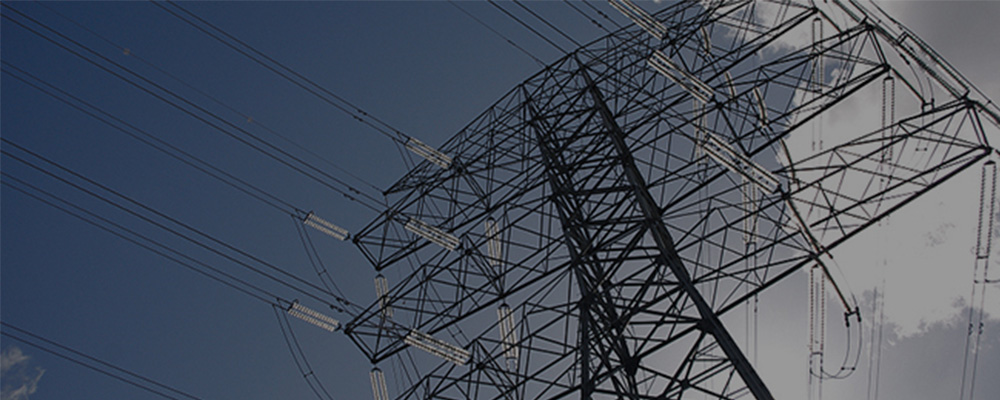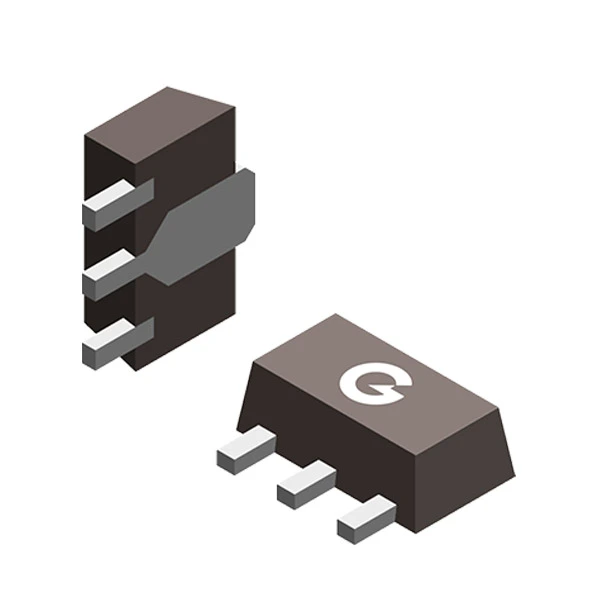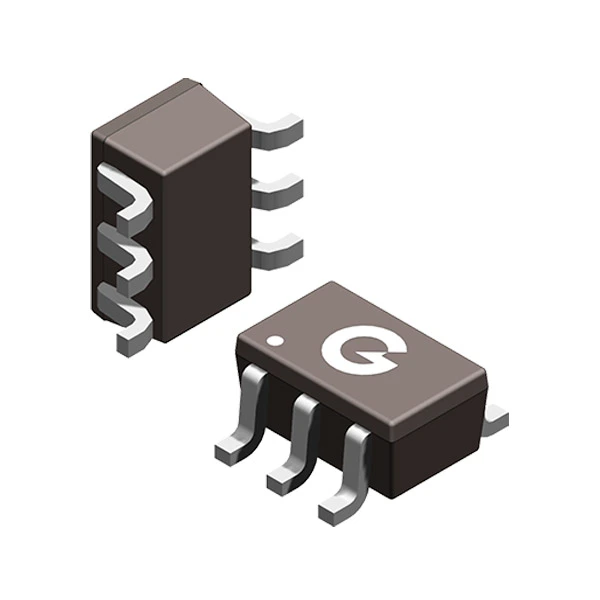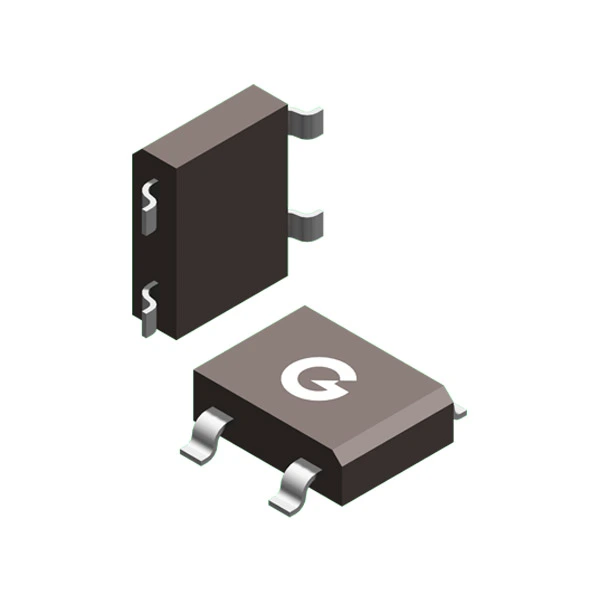en
In the world of electronics, there are various components that play a crucial role in the smooth functioning of devices. Two such components that are widely used in the power electronics industry are Insulated Gate Bipolar Transistor (IGBT) and Metal-Oxide-Semiconductor Field-Effect Transistor (MOSFET). While both of these components serve a similar purpose, they have distinct differences that make each suitable for different applications. In this blog, as one of the most professional China electronic components distributors, we will explore the uniqueness of IGBT and MOSFET and understand when and where to use them.
IGBTs come in various forms, each with its own set of characteristics and specifications. The most common types of IGBT include the NPT (Non-Punch Through) IGBT, PT (Punch Through) IGBT, and FZ (Field Stop) IGBT. The NPT IGBT is known for its lower conduction losses and is widely used in applications where high speed and low power losses are essential. On the other hand, PT IGBTs are suitable for high voltage and high power applications due to their ability to handle higher voltages efficiently. FZ IGBTs, characterized by their low saturation voltage and high current density, are preferred for applications requiring high-frequency operations, such as inverters and motor drives.
IGBTs typically consist of three main components: the gate, the collector, and the emitter. The gate acts as the control terminal, regulating the current flow through the device. The collector is where the main current flows, and the emitter is responsible for returning the current back to the device. This arrangement allows IGBTs to handle high voltage and high current applications effectively. Additionally, IGBTs also incorporate a diode, known as the free wheeling diode, which helps in reducing backflow current and protects the device from damage. This diode is an integral part of an IGBT module and ensures the smooth operation of the device.
MOSFETs, unlike IGBTs, do not have an inherent diode. However, they can be operated as a diode by connecting the source and gate terminals of the MOSFET together. This configuration allows the MOSFET to operate as a rectifier, where it enables current flow in one direction and blocks it in the other. This feature makes MOSFETs a versatile component that can serve as both a transistor and a diode, providing flexibility in designing circuits and reducing component count. MOSFETs are commonly used in applications where high-speed switching, low power losses, and high efficiency are required.
In conclusion, both IGBTs and MOSFETs are essential components in the power electronics industry. While IGBTs are known for their ability to handle high voltage and high current applications, MOSFETs offer the advantage of serving as both transistors and diodes. Understanding the differences and choosing the right component for the application is crucial to ensure optimal performance and efficiency. Whether it is the different types of IGBTs or utilizing MOSFETs as diodes, each component has its unique features that can be leveraged to meet specific requirements.




